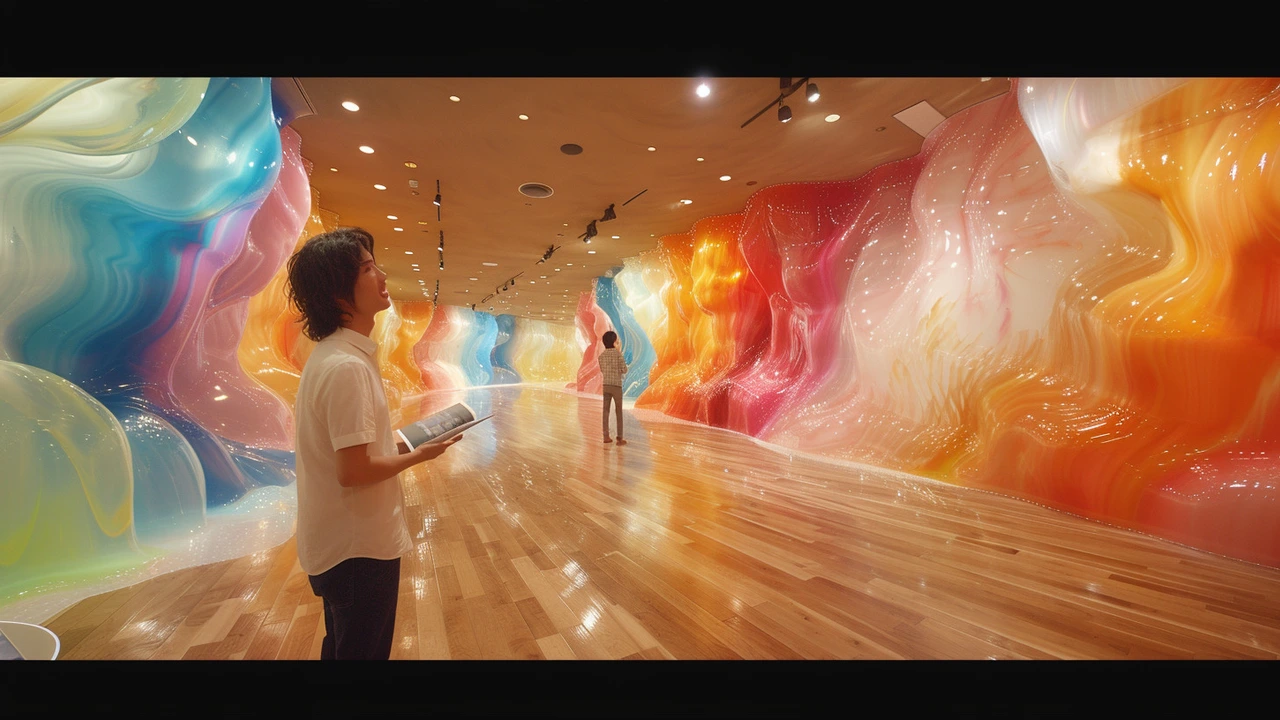Understanding Art: How to Read, Feel, and Think About Visual Work
Most people stroll through a gallery and treat art like decoration. But every painting, sculpture, or installation is trying to say something. If you learn a few simple moves, you’ll get more out of art fast—no degree needed.
Look first, then ask
Start by staying with the work for a minute. What grabs your eye? Color, scale, or an odd detail? Name what you see before you try to explain it. Quick tip: trace the artist’s path with your eyes—where does your gaze land first, and where does it move? That pattern tells you what the artist wanted you to notice.
Ask five plain questions: What is shown? How is it shown (style, brushwork, materials)? When and where was it made? Who made it and why might they have made it? How does it make you feel? Answering those keeps you grounded and stops opinions from running wild.
Use movements and techniques as tools
Knowing a little history helps. If a piece looks flat and geometric, De Stijl or Bauhaus ideas could be at play. If it’s explosive and raw, think Abstract Expressionism. Photorealism is about perfect detail; installation art wants you inside the idea. These labels aren’t cages—they’re clues that point to purpose and method.
Look for materials and technique. Thick paint and visible brushwork often aim for emotion. Smooth, precise surfaces can be about craft or illusion. Found objects or site-specific pieces often comment on space, politics, or daily life. When you spot one of these choices, ask what it adds to the message.
Context matters. A political poster from a tense era reads differently than a pretty poster made for decor. The Harlem Renaissance works, for example, connect to history and identity. Fluxus pieces play with rules and audience roles. A quick web search of the artist or movement will clear up a lot.
Don’t ignore scale and placement. A tiny, detailed drawing in a huge room can make you lean in and whisper. A massive mural forces you into the scene. Artists use size and location on purpose—think of land art in parks or Bauhaus design in buildings.
If you want fast practice, pick one movement and follow it across three works. Compare a Cubist painting to a Baroque piece and a photorealist portrait. Note how each treats space, light, and story. That contrast trains your eye faster than reading a long essay.
Finally, trust your response but test it. Feelings are real evidence. Then check facts—what was the artist doing at the time, and how did the public react? Use museum labels and credible articles to refine your take. If you want more clear examples, explore articles on photorealism, Bauhaus, Fluxus, and Harlem Renaissance to see these ideas in action.
Understanding art is a set of simple habits: look closely, ask pointed questions, learn a bit of context, and compare. Do that a few times and art stops being mysterious and starts being useful, surprising, and often a lot more fun.

